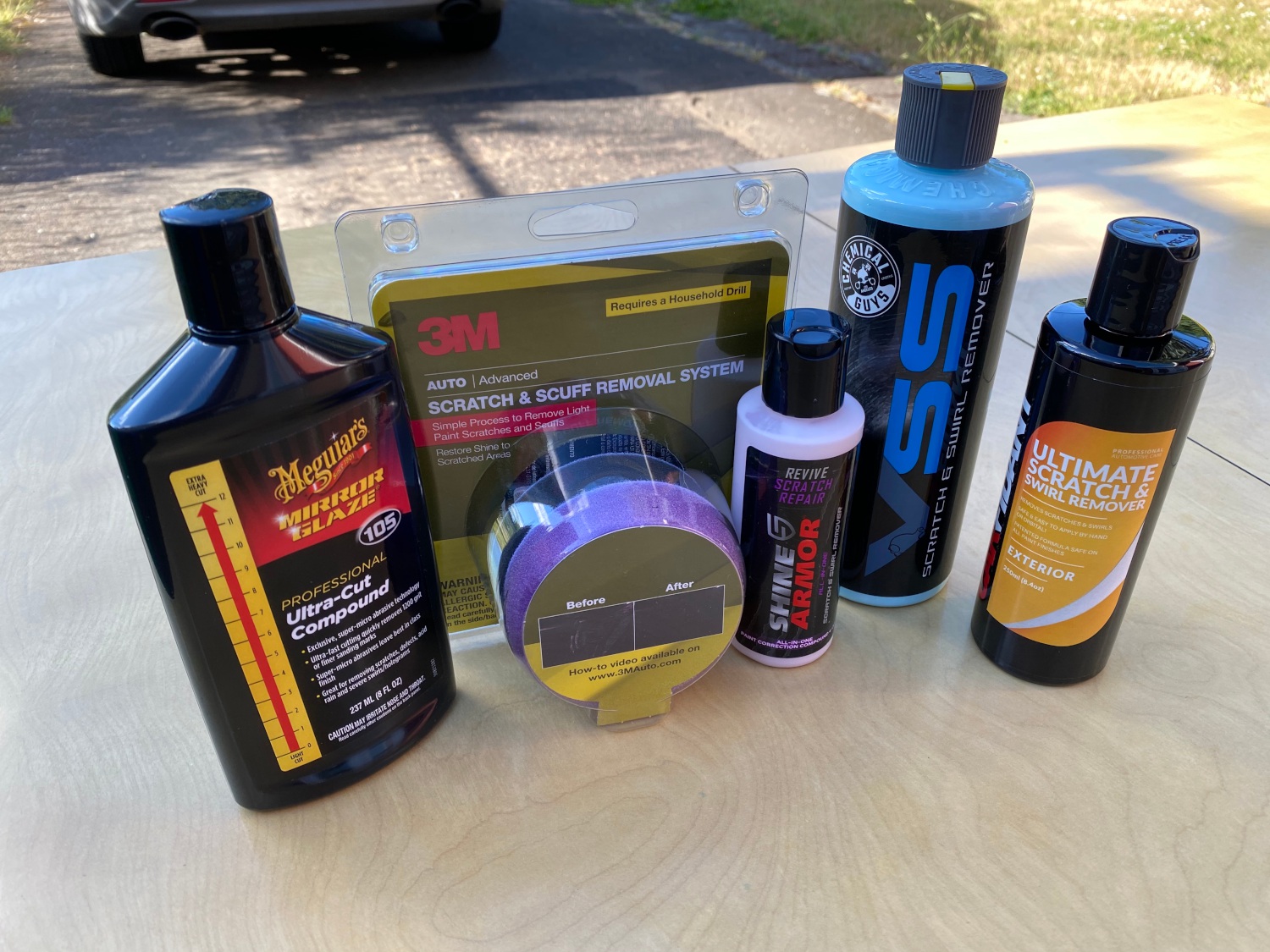Scratch Removers – Those Who Treat Corneal Abrasions
Scratch Removers – Those Who Treat Corneal AbrasionsOuch! Something is in my eye. Everyone knows…

Scratch Removers – Those Who Treat Corneal Abrasions
 Ouch! Something is in my eye. Everyone knows the feeling of having an eyelash fall into your eye but when a foreign object gets behind a contact lens you have a more serious medical problem that needs immediate attention.
Ouch! Something is in my eye. Everyone knows the feeling of having an eyelash fall into your eye but when a foreign object gets behind a contact lens you have a more serious medical problem that needs immediate attention.
A few years back, I received a call from the school clinic telling me that my daughter needed to be picked up. From my daughter’s complaints, the clinic aid felt that she was exhibiting signs of a corneal abrasion. When I picked her up, I had no idea what to do or where to take her for treatment. Fortunately, the clinic aide suggested that I locate an urgent care center near the school. Within 30 minutes, she’d been seen by an urgent care physician, relieved from her immediate pain, and was on her way back home to rest.
In 2004/2005, contact-induced eye damage accounted for 23 percent of adverse events reported by emergency departments. Meanwhile a new report published in Pediatrics, the journal for the American Academy of Pediatrics showed that the most frequently injured body part due to medical device complications was the eye, with 33,000 injuries due to contact lenses over a two-year period.
Symptoms of a Corneal Abrasion
Traumatic corneal abrasion is the classic type of corneal abrasion, and occurs when mechanical trauma to the eye results in a defect in the epithelial surface. When any type of foreign body becomes trapped under a contact lens, that foreign matter can produce scratch marks on the eye. Symptoms become immediately apparent and can include:
Pain
Light sensitivity
Blurry vision
A foreign body sensation
A gritty feeling in the eye
Excessive tearing
Eye redness
Best Treatment Options for a Corneal Abrasion
A physician must determine the extent of the corneal damage before making a proper assessment for treatment. Typically, a silt lamp biomicroscope is used to view the inside of your eye. To increase comfort for that exam, the physician will first place numbing drops in your eye and then use fluorescein dye to highlight the imperfections in the affected area on the cornea. To accomplish this initial corneal abrasion screening, you should see one of the following:
Emergency department
Urgent care center
Ophthalmologist
After proper treatment, you should feel better within 48 hours. You’ll also need close follow-up care by an ophthalmologist, due to the danger of the abrasion progressing to an ulcer or contracting a bacterial infection, both of which can lead to diminished or lost sight.




